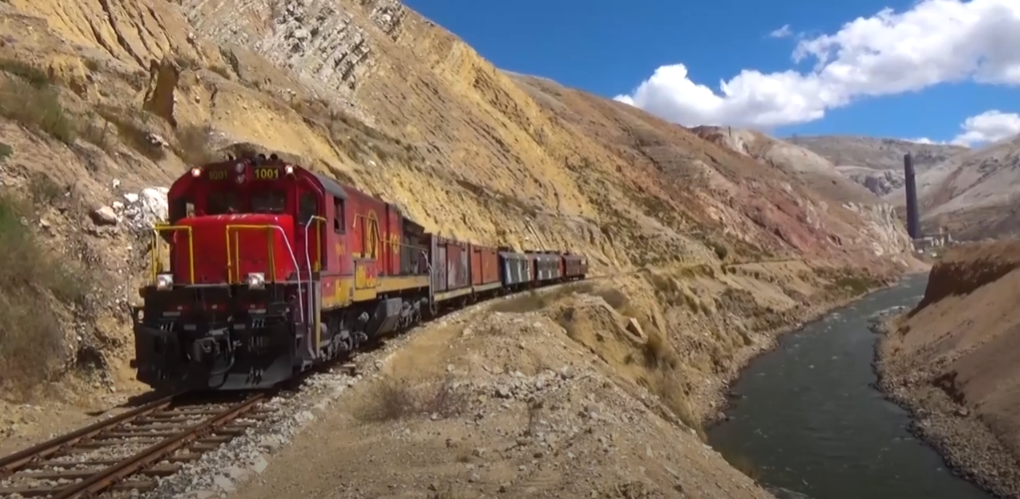
We’ll ride the nose of a GE C30-7 for the trip from LaOroya to Hauncayo, Peru. We were riding on a Ferrocarril Central Andino railroad branch down a gorge that sees about one train a week. We’ll also herd llamas by train, cross bridges, pierce tunnels, see a display steam locomotive, and get a final […]
Read More…
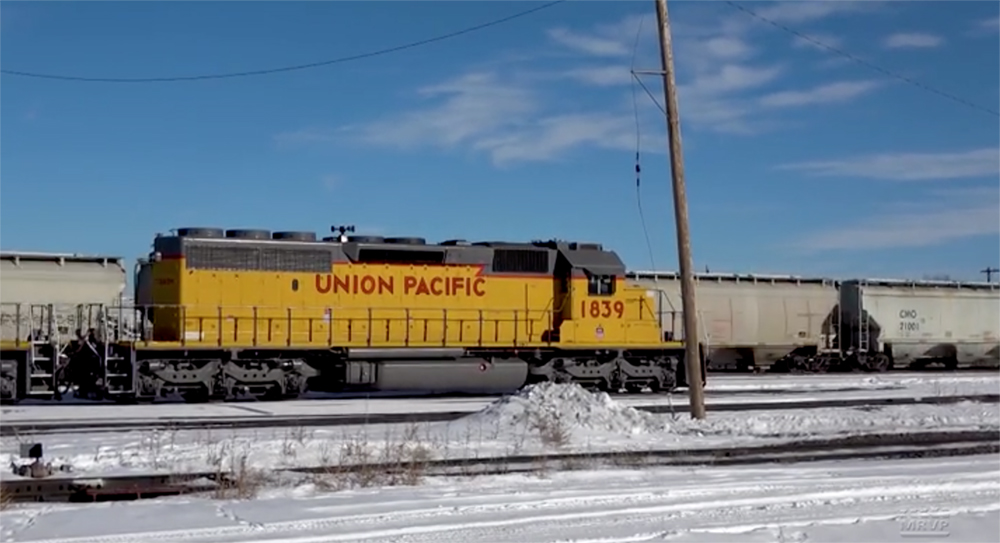
Charlie and his wife explore railroad-related sites in and around Evanston, Wyoming, before returning westward with the sun along the Union Pacific main line. […]
Read More…
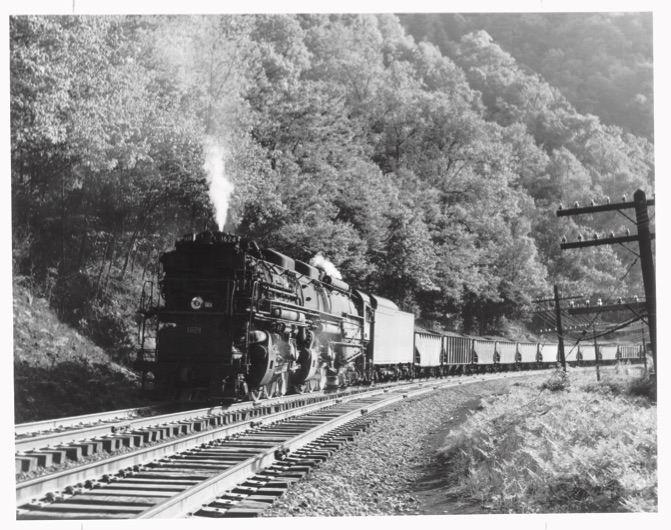
This C&O 2-6-6-6 strains mightily to get her 70 loads of eastbound coal moving at Thurmond, W. Va., in 1956. The Balky 1624 had slipped down, then cut off and run ahead to put down sand, and is now trying again. A full third of her tremendous engine weight rests on her lead and trailing […]
Read More…
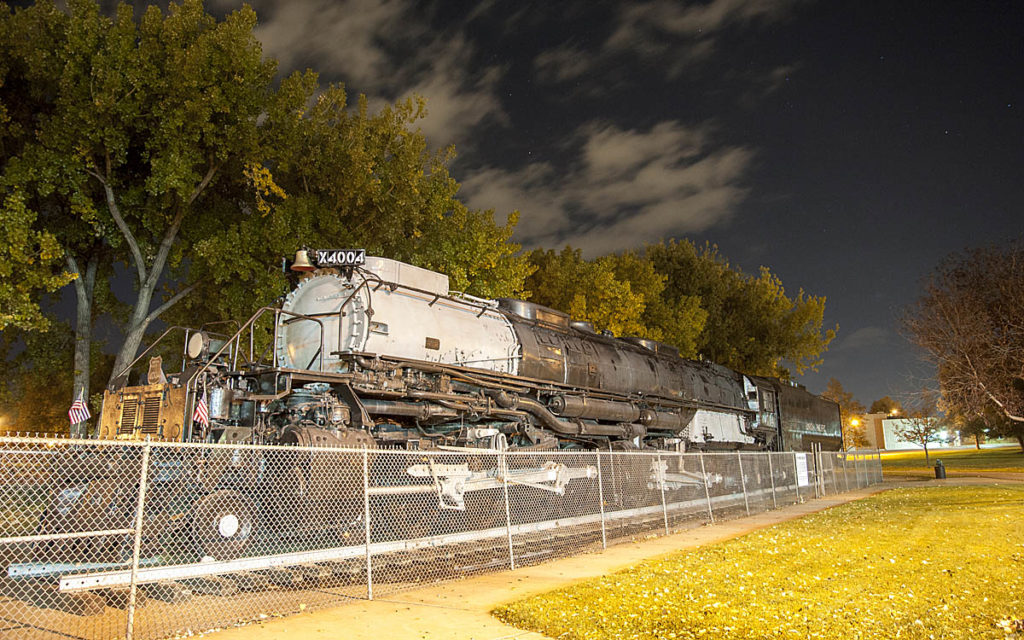
With clouds overhead mimicking steam, Big Boy No. 4004 sleeps in October 2013 at Cheyenne’s Holliday Park, just a few blocks from UP rails. Jim Wrinn No. 4004 • Holliday Park, Cheyenne, Wyo. BUILDER’S DATE: September 1941 SERIAL NUMBER: 69575 HISTORY: The fifth Big Boy constructed seems to have had an uneventful career. LIFETIME MILEAGE: […]
Read More…
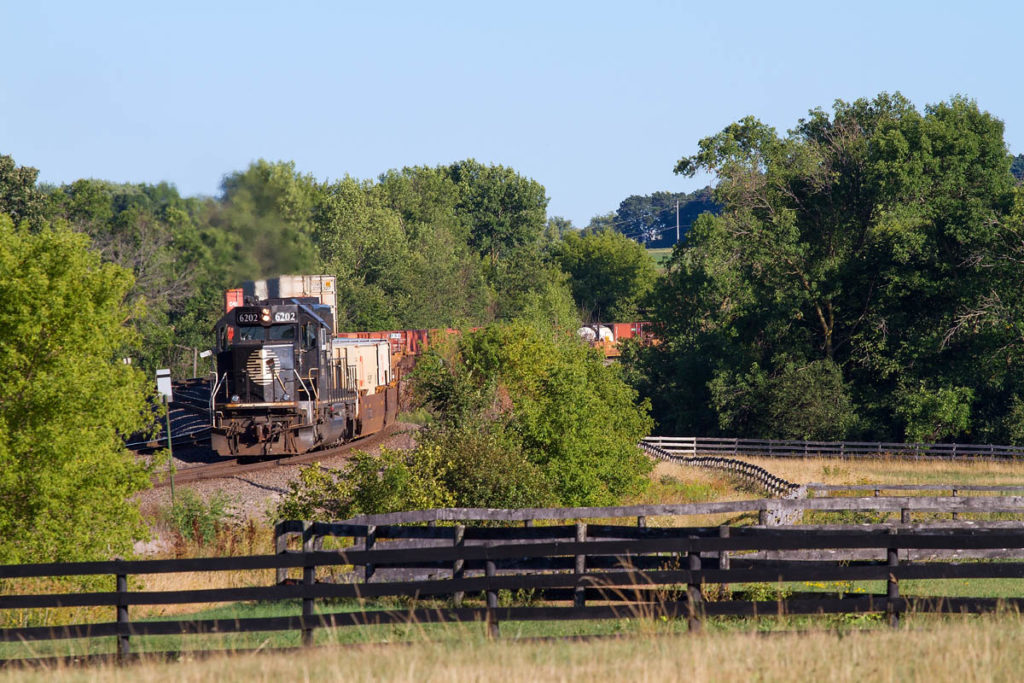
On Aug. 6, 2012, a single Illinois Central manned helper locomotive brings up the rear of a southbound Canadian National intermodal train working up Byron Hill on the Waukesha Subdivision near Byron, Wis. Tom Danneman Q How do locomotive engineers know they are doing equal work on trains equipped with manned helpers? – Robert A. […]
Read More…
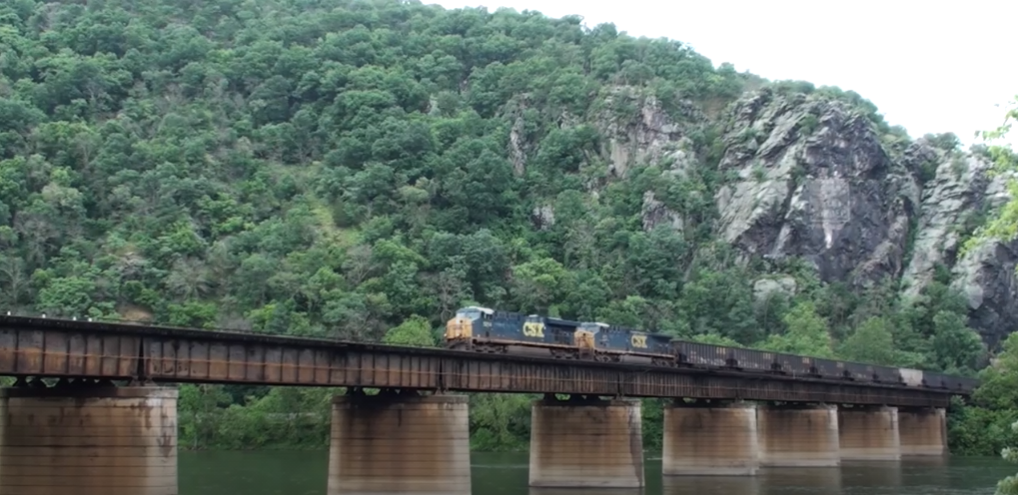
Come along for a look at the historic town of Harper Ferry, W.Va.! You’ll see CSX Transportation freights along with Amtrak and MARC commuter action in this scenic city on the Potomac River. […]
Read More…
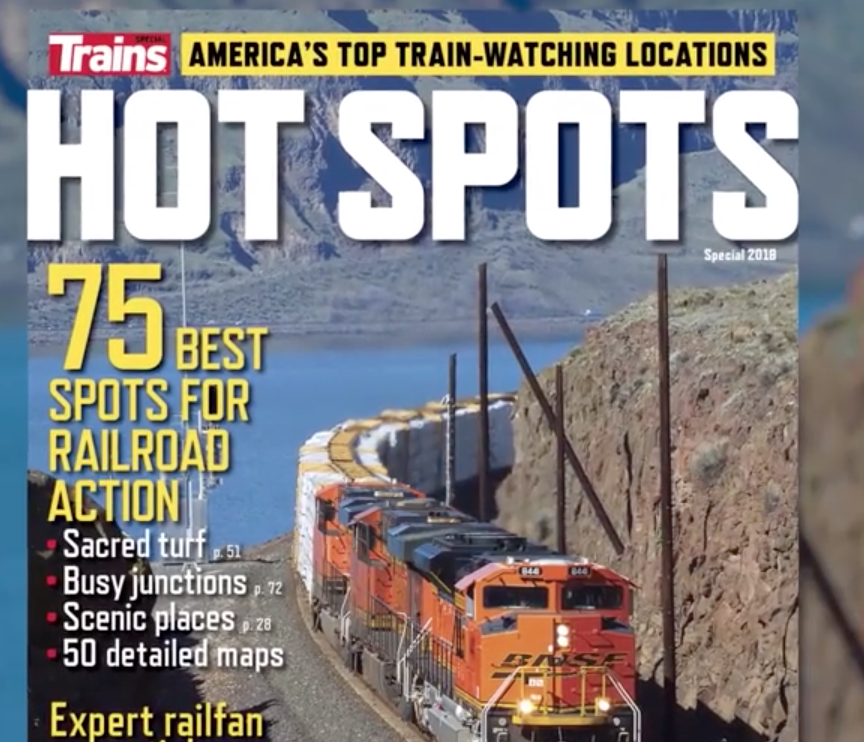
Check out Trains‘ latest special issue: Hot Spots! You’ll learn where to find trains, brush up on basics of railroad photography, decode train symbols and railroad signaling, find out how to maximize scenery on your next Amtrak ride, and more! This issue packs in 75 of the best train-watching spots with 50 detailed maps. Don’t […]
Read More…
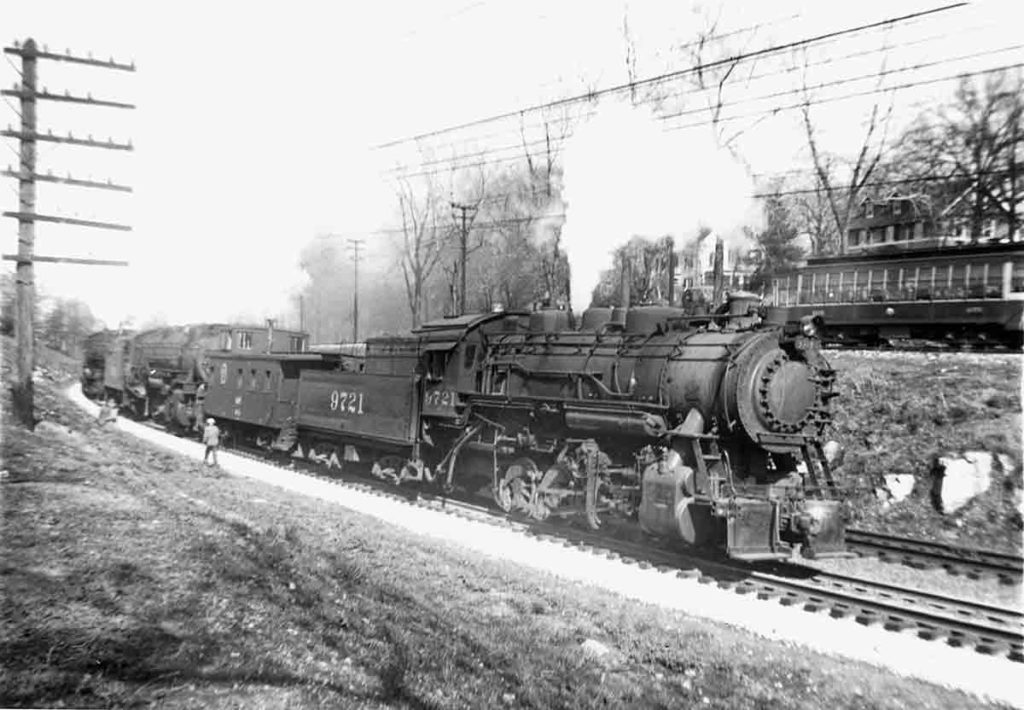
After a 2-10-2 and 4-8-4 stalled on MoPac’s Kirkwood Hill, an 0-8-0 and caboose couple up to render assistance. Joe Collias Heading west from St. Louis, Missouri Pacific trains faced the 6-mile-long, 1-percent grade known as Kirkwood Hill. Normal train length was 100 cars, powered by one of the rebuilt 2101-class 4-8-4s and led by […]
Read More…
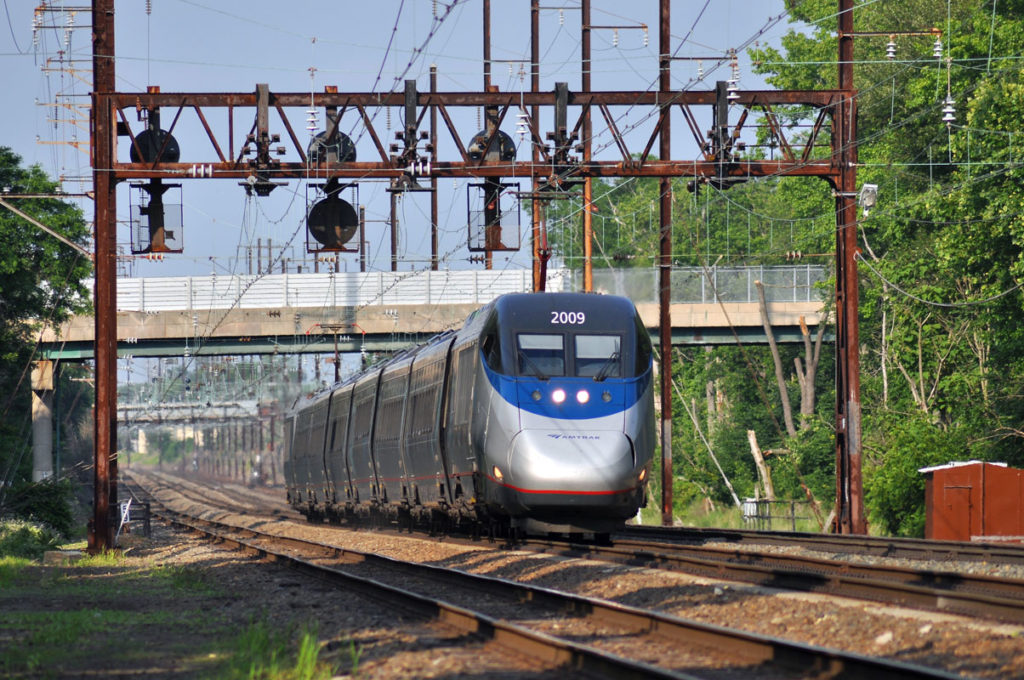
A southbound ‘Acela’ races across a stretch of positive train control trackage on Amtrak’s Northeast Corridor at Perryville, Md., on June 5, 2011. Michael T. Burkhart This story first appeared in the October 2011 issue of Trains Magazine. The Advanced Civil Speed Enforcement System highlighted here was not active at the time of the of […]
Read More…
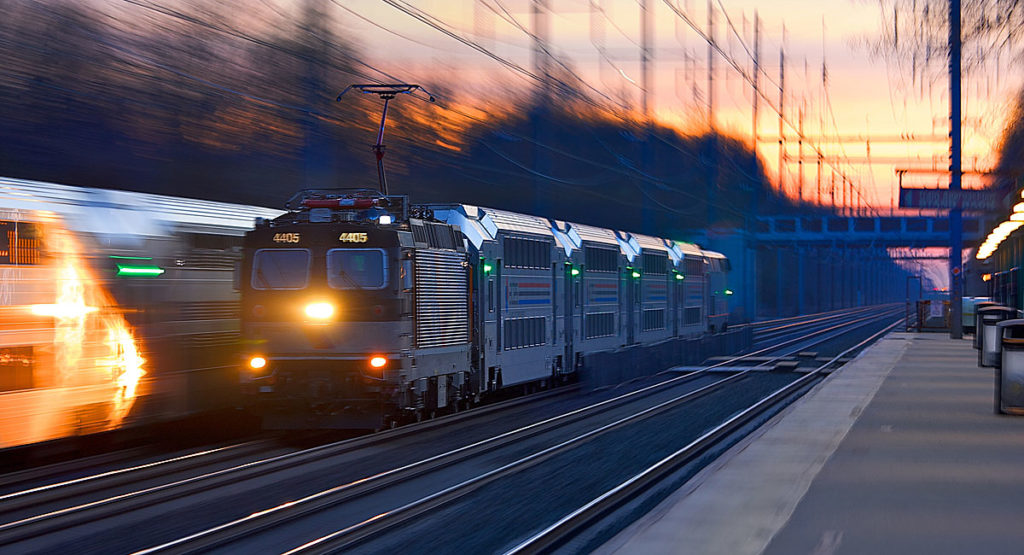
Confidential Close Call reporting basics A New Jersey Transit train zips northward from Atlantic City to New York’s Penn Station on Jan. 23, 2010. If the crew were to err, they could report the close call and be part of a bigger program to improve safety, rather than be punished. Dennis A. Livesay photograph Confidential […]
Read More…
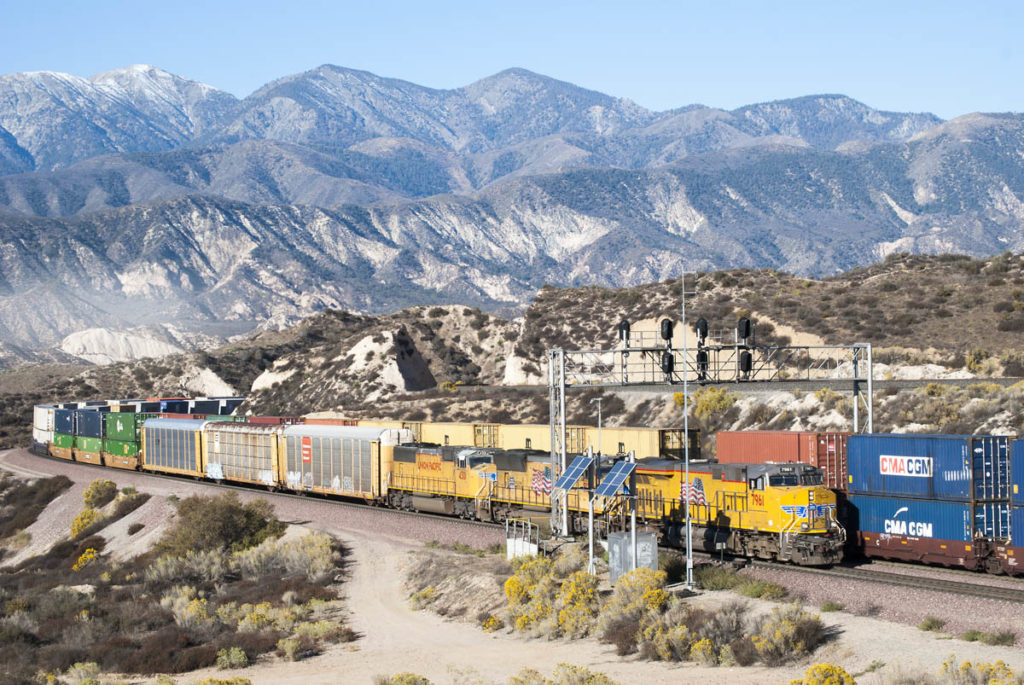
Positive Train Control Tick, tock. U.S. railroads have collectively spent decades and billions of dollars on positive train control research. Tick. Public outcry after a 2008 commuter crash that killed 25 people — a crash that a Federal safety panel says PTC could have prevented — pushed Congress to act. Tock. With a Congressional deadline […]
Read More…
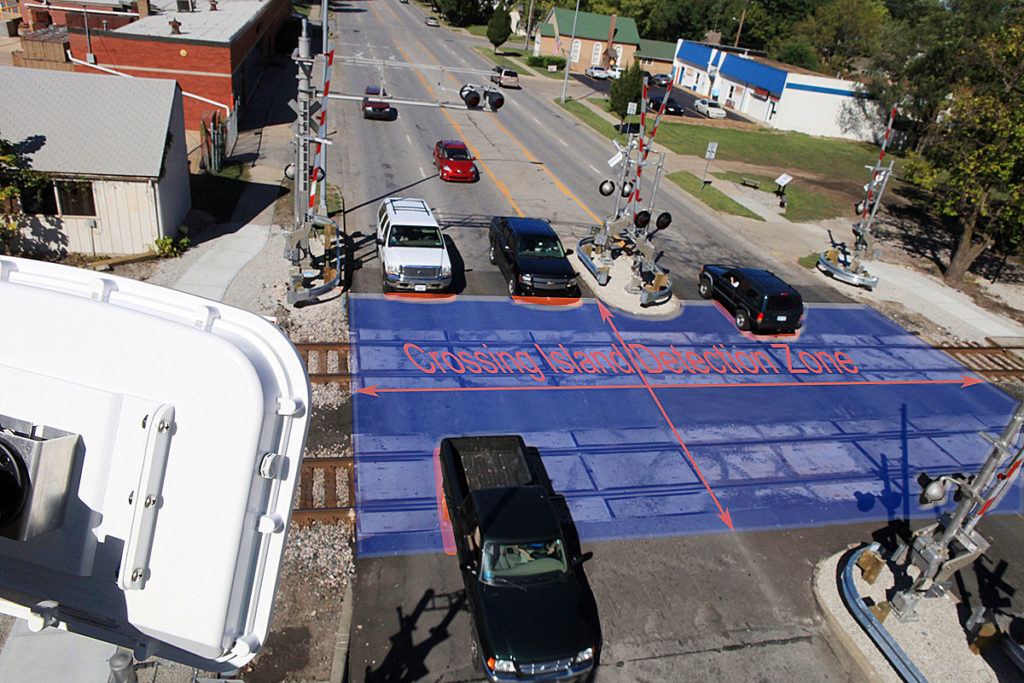
Intelligent Grade Crossings will warn motorists and trains that approach is imminent. Federal Railroad Administration Train crews and motorists may have the ability to “see” one another earlier than ever thanks to “Intelligent Grade Crossings” currently under development through the Federal Railroad Administration’s Research and Development Office. Since the dawn of railroading, one of the […]
Read More…












